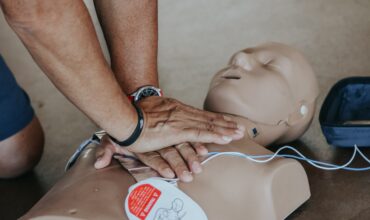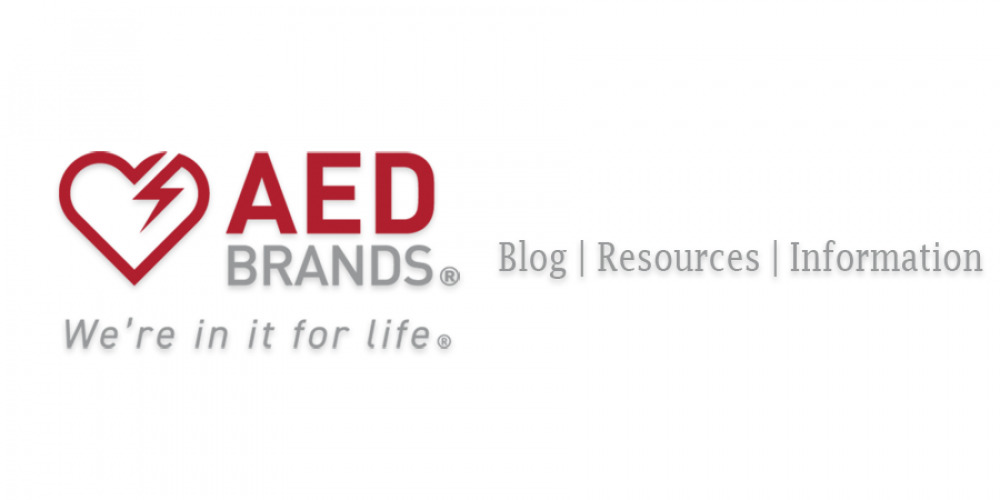- Your cart is empty
- Continue Shopping


What exactly are Agonal Respirations or “Last Gasps”? Agonal respirations, often mistaken for regular breathing, are critical indicators of cardiac arrest. These sporadic, gasping breaths signify that the victim’s brain is still functioning, triggering an urgent need for immediate action. Recognizing these signs is the first step in a life-saving chain of events.
When you observe agonal respirations, it’s not just a medical anomaly; it’s a call to action. By initiating chest compressions or CPR without delay, you drastically improve the chances of survival for the victim. Studies underscore the impact of immediate bystander CPR in such emergencies. While about 90% of out-of-hospital cardiac arrests (OHCA) result in fatalities, nearly 45% of victims survive when bystander CPR is promptly administered, according to the American Heart Association.
Agonal breathing during a cardiac arrest is distinct from normal breathing patterns, typically occurring less than 10 to 12 times per minute. This contrasts sharply with the average respiratory rate of 12-20 inhalations per minute. Understanding this difference is key to identifying a cardiac arrest scenario quickly.
Agonal breathing is closely linked to sudden cardiac arrest (SCA) and is an important sign for first responders and bystanders to recognize. Here’s an explanation of how it relates to SCA in paragraph format:
Agonal breathing often serves as one of the first indicators of sudden cardiac arrest. Unlike normal breathing, it is a reflex of the brainstem that occurs due to insufficient oxygen and blood flow to the brain. This type of breathing is not a sign of normal respiratory function but a critical symptom of a severe medical emergency.
The appearance of agonal breathing can be misleading, as it may resemble normal breathing to the untrained eye. This misperception can lead to delays in emergency response. Irregular, gasping breaths characterize agonal breathing and may include strange vocalizations or snorting sounds. It’s crucial to recognize that this is not normal breathing but a sign of urgent need for CPR and defibrillation.
Agonal breathing typically occurs soon after the onset of sudden cardiac arrest, underlining the urgency for immediate action. Timely recognition of this symptom is vital, as the chances of survival diminish significantly with each passing minute. Immediate administration of CPR and the use of an automated external defibrillator (AED) can substantially increase the victim’s survival chances.
The presence of agonal breathing also indicates that there is still some brain activity. This suggests a higher chance of successful resuscitation if prompt action is taken. It’s a sign that the brain is reacting to the lack of oxygen but is not receiving enough blood flow to sustain normal function.
Both AEDs and CPR are crucial components in the chain of survival, which is a series of actions that, when performed in sequence, can significantly improve the chances of survival following a cardiac arrest.
At AED Brands, we’re not just about providing equipment; we’re about empowering rescuers. With our comprehensive range of AEDs and CPR training resources, we equip individuals and organizations to respond effectively in these critical moments. Knowing what to do in the face of agonal respirations can turn bystanders into life-savers. Let’s bridge the gap between recognizing the sign and taking life-saving action.
Together, we can change the statistics and save lives.
Implementation Guide